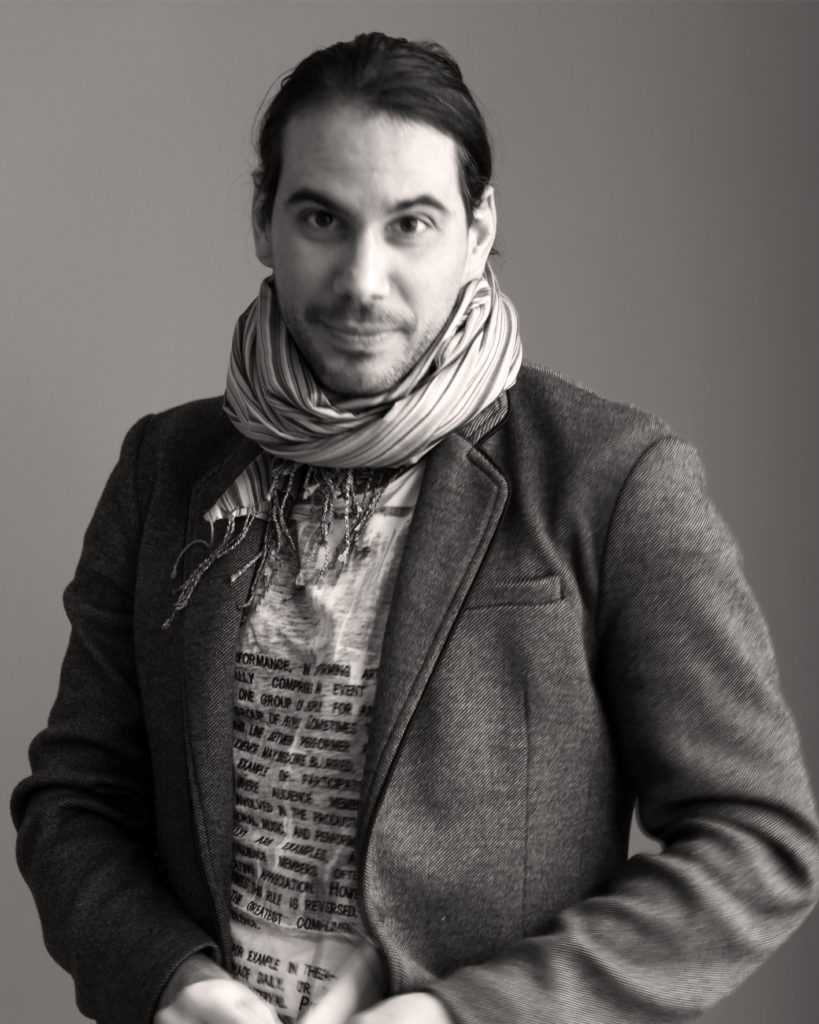The contemporaneous concept of Design for All starts from the requirements of disadvantaged users and expresses the various declinations of multiculturalism, through the improvement of the performances and the usability of the professional field. With a strong social propensity
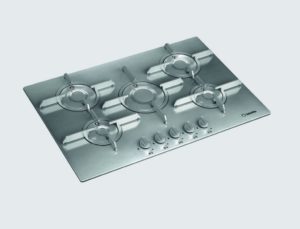
By Olivia Rabbi
User-friendly and intuitive products, with essential lines and shapes to assure handiness and use safety. Moreover, with a stronger and stronger digital and net-connection component that is typical of the contemporaneous scenario characterized by the Internet of Things. Enabling, just because smarter, the use by all different types of users, differing not only for fragility, skilfulness and competences but also for age, language, culture and computer literacy. The concept of Design for All for household appliances, for private or professional use, is in evolution and is called to deal with a complex social and economic scenario and with interesting potentialities of undertaking, for the sector industry, a new refinement course of research, innovation and design instruments. What are the prospects today for an approach to the product according to the Design for All in the household appliance industry and how is it implemented in the daily practice of the design activity? We have asked it to some of the outstanding representatives of design and education.
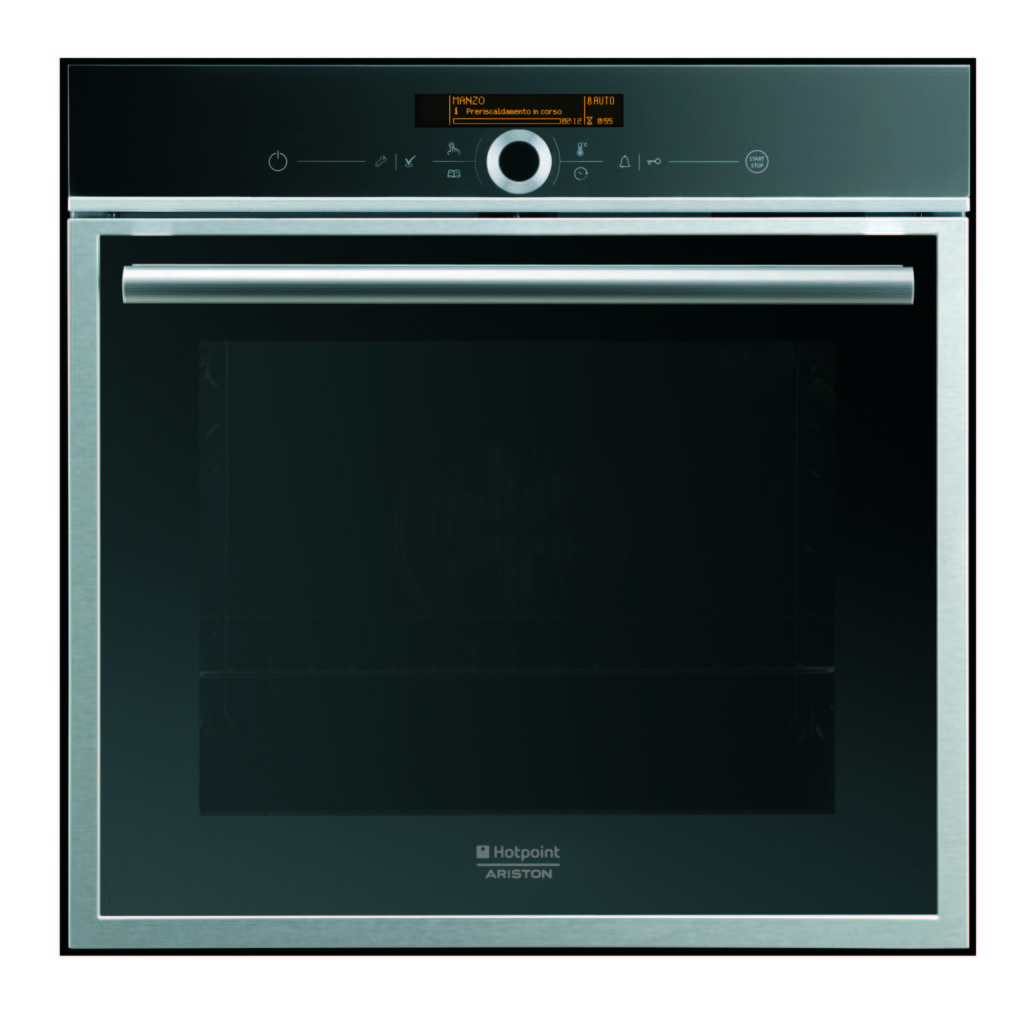
Design focused on end-users

Makio Hasuike is the founder and owner of Makio Hasuike & Co studio, award-winning designer with an activity ambit that ranges from technological and precision instruments to the accessories and tools for work and entertainment, from small and big appliances to furnishing and furniture objects, from the brand identity to the packaging and interior fittings. Inspired by the strong sensitivity that characterizes the Japanese design culture. “The companies of the household appliance industry, induced by marketing policies, too, tend to compete on the same level and finally the broader market always prevails but this does not mean that also a production more focused on disadvantaged users is not growing”. The category of household appliances for the food preparation (cooking) is the riskiest ambit. “The responsibility of providing answers to these needs is not only given to the household appliance manufacturer but also entrusted to the entire kitchen environment, which ranges from the cooking system to taps and small appliances. With a market of built-in appliances that accounts for 60-70% of the economic value of the sector, we need a greater awareness of the issues of Design for All by the designers of the entire kitchen environment, often linked with suggestions of aesthetical emotionality, and not the single appliance”. The starting point: “paying great attention to end users with the design of functional and ergonomic products”. In this scenario, the induction hob represents a relevant novelty of the last few years, since it matches aesthetical research, functionality and safety, as it eliminates the flame in the domestic environment. However, the effort of the design world is often concentrated on matters such as the energy saving, the eco-efficiency and the recyclability at the life end, on the wake of European and international regulations and product marketing policies. In his long and successful career, Makio Hasuike has had the opportunity of dealing with the themes concerning the Design for All, too. “I worked with the commitment to implementing appliances featuring more comfortable use, with less protruding parts, limiting the possible accident risks. The more daring proposals addressing an enlarged audience have remained at the rendering level– admits Hasuike -. Nevertheless, this does not deny that there is a constant improvement trend in course, visible for instance in the use of more readable and luminous interfaces, in the use of control pushbuttons with a well-visible, error-free shape, or in the ergonomic and easily accessible positioning of the controls of a vacuum cleaner. Ameliorative devices that can fully boost the product from the commercial point of view as well, without losing effectiveness and capability of experimenting”. The problems to be faced are very specific for each household appliance typology. “Let us think of the management of the inner space of a refrigerator by a person moving on a wheelchair. The refrigerator with drawers, for instance, is certainly more expensive but compared to the model with conventional door allows all, not only disabled people, to gain access to the content from the top without bending down, an example of the logic of constant improvement in small steps that proceeds also in the direction of the wider range of users”.
User friendliness and efficacy for the Professional
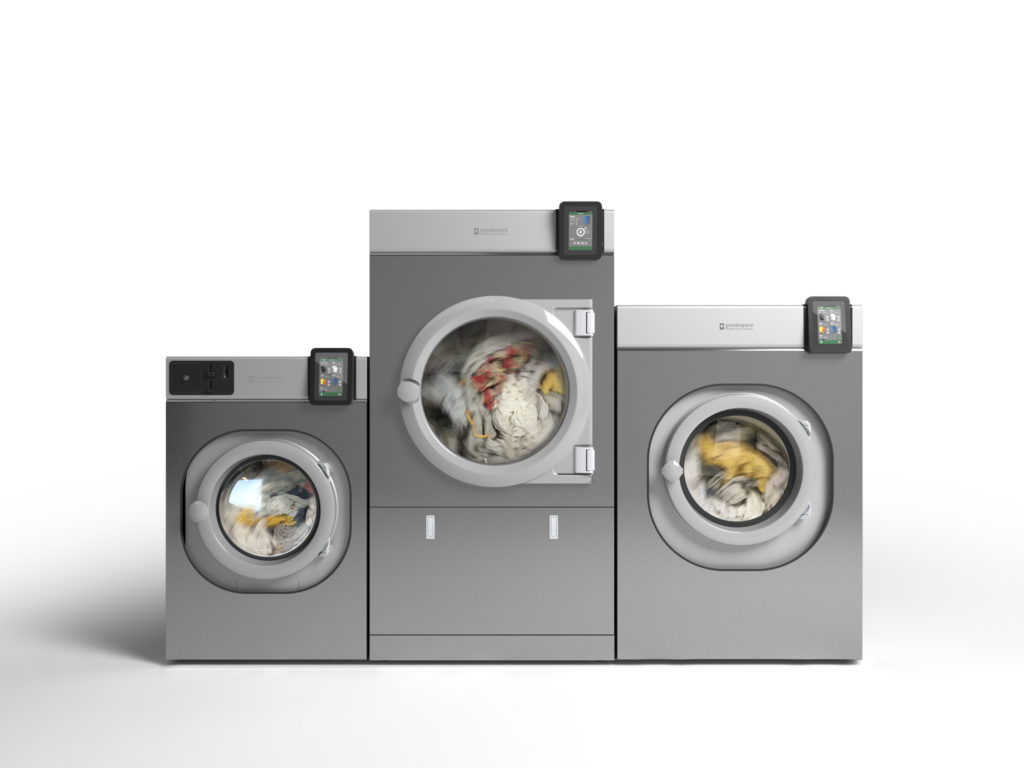
The improvement of the usability and of control functions is one of the highways to provide an answer to the requirements of expanded and diversified users, in terms of language and culture as well. A matter that involves the professional field, with the semplification of working operations for both the specialized operator and the unexperienced user. Optimizing times, resources, costs and safety.
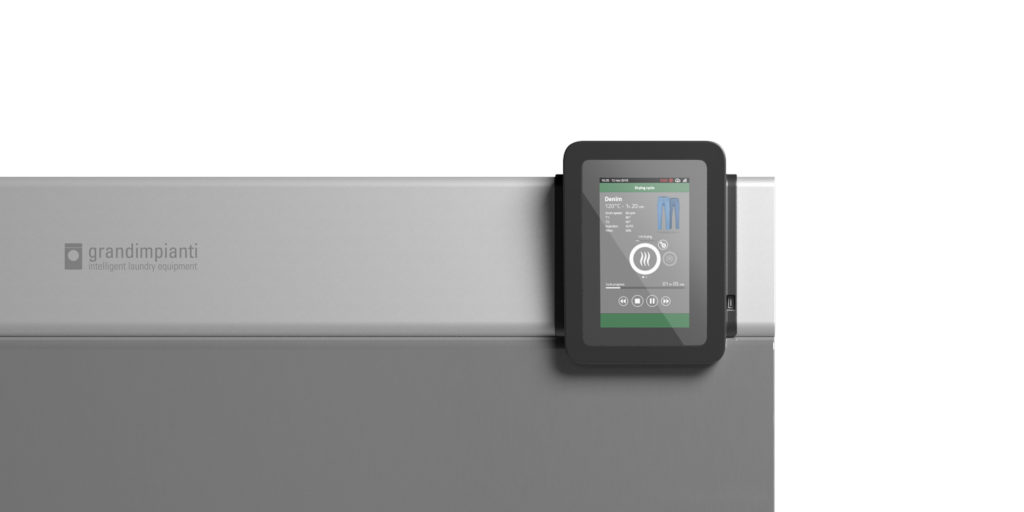
Emo Design, Italian design studio, has signed various projects for bath furnishing, consumer electronics, heating, household appliances and urban furniture, attaining several international awards. It has recently designed the control interface Wavy equipping the professional washers/dryers for Grandimpianti-Ali, with outstanding characteristics of user interface simplification (adaptable to the typology of users that is initially set) and user friendliness in the management of control functions, for both private and specialized users. Lukasz Bertoli, head of design and managing partner of Emo design with Carlo Ciciliot, interprets the household appliance evolution oriented to the Design for All concept as follows. “Today we can perform various improvements on household appliances, both on interfaces, which anyway are already increasingly intuitive and simple and try to hide the complexity of the machine itself, and from the point of view of the interaction with the physical machine. Aspect, the latter, which is currently still at the prehistoric state, since the product architecture is still inspired by the one of the first washing machines produced. Instead, if we assess thoroughly the interaction between user and machine we can see for instance that the design of new systems for the opening and detergent introduction into the appliance might facilitate disabled people. In the long term, I can imagine two evolutionary directions. First, we will develop smarter and smarter machines, according to the one-touch concept. In other words, a machine that, through cutting-edge sensors, automatically detects the ideal programme for the loaded garment. Naturally, all that without using detergents or chemical products of any kind”. A second direction, especially suitable for the audience that includes old and handicapped people, expands from the single product to a synergistic system that meets the needs of people with handicaps. “We are speaking of a service evolution accomplished by self-services or manufacturing companies themselves. The machine, in this case, becomes an instrument at the service of another service. A self-service laundry, for instance, could offer the laundry collection service at the elders’. From the point of view of the interface usability, we might instead witness its total disappearance, since this might be so simplified as to disappear definitively. This will be possible because machines will become smarter and smarter”. Rather than on weak users, suggests Bertoli, it is necessary to reason on an audience diversified by languages, cultures and proveniences.
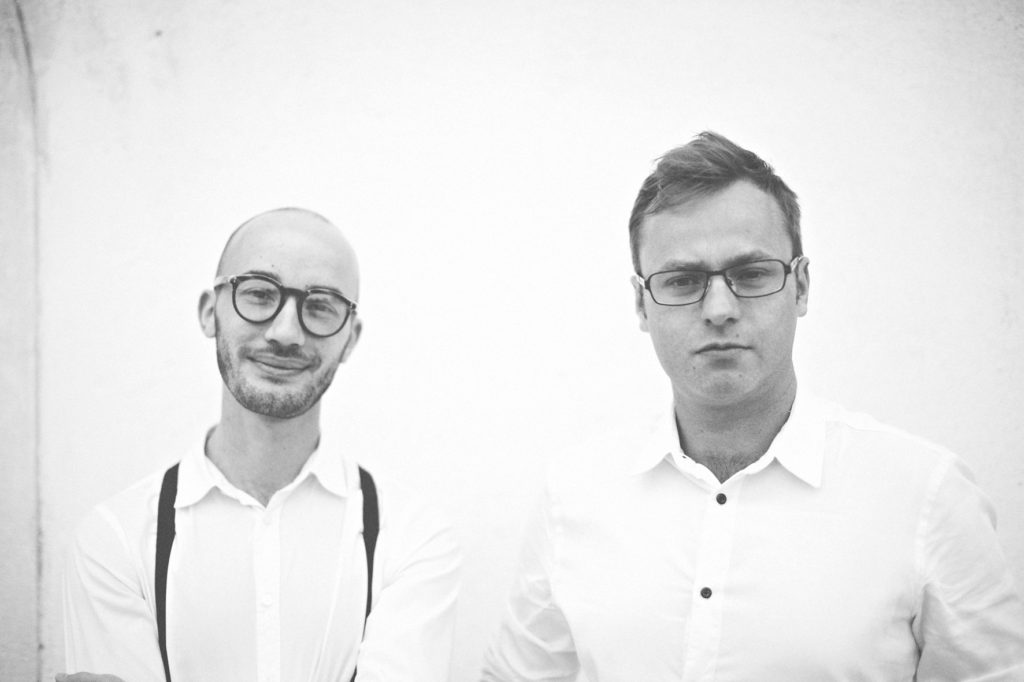
“Currently, there is not a specific awareness of an enlarged range of users but there is a sensitivity towards a variety of people with different cultures and from different social classes, due to the diffused multiculturalism as well. In the specific case, the design for Grandimpianti has taken great care of this aspect, since the Wavy interface has been suitably designed for the use for surfing with universal codes and signs, understandable by all, as it was confirmed by observing the interaction between users and machinery, both as normal users and professionals who had access to the area of advanced settings of the machine itself”.

The French designer Marc Sadler collaborates with numerous companies of the sector of furniture, small and big appliances, lighting and sports. The experimentation of shapes and materials and the capability of promoting a constant “technological transfer” among contiguous activity ambits have always been the prevalent trait of his designer activity. In the opinion of Sadler, making the approach and the management of a design product easier is the first concrete step towards a design for all approach. “In general, I believe that we are finally pursuing a simplification of functions, accompanied by a sophistication of the equipment performance. The forefront electronics allows designing functions that offer higher and higher level performances and in the meantime the user interface tends to become simplified and friendly, intuitive and user friendly if compared with the cumbersome keyboards of the past that so many effects of refusal caused in less “technological” users”. Is there or not an awareness of the Design for All issue? “There is a higher product segmentation for the various ranges of users, some categories like elder people certainly enjoy more attention; we are a population who ages and lives longer, to put it in sinister commercial terms, the “market” starts existing. Different is for instance the matter for disabled people, where there are reference products but still anyway in an absolute niche market”. User friendliness is, according to Sadler, the irremissible condition of a good design: a product with intuitive operation becomes in itself suitable for an enlarged audience. An approach that is valid also in the field of professional appliances, bringing advantages to operators and to the machining process. “In the design of the professional TAP oven for Tecnoinox, rigour and intuitiveness have been the keywords around which building the project. All the aspects connected with its use have been revised for a better ergonomics and use immediacy. Concerning this, very useful was the awareness that it was a product intended for being “pulled about” inside a professional kitchen, where work phases are short but extremely excited. To put it in a paradox, it is a paramilitary design even in the ambit of an aesthetical research: the product must be devoid of useless trappings, it must be clean but especially provide a good operation”.
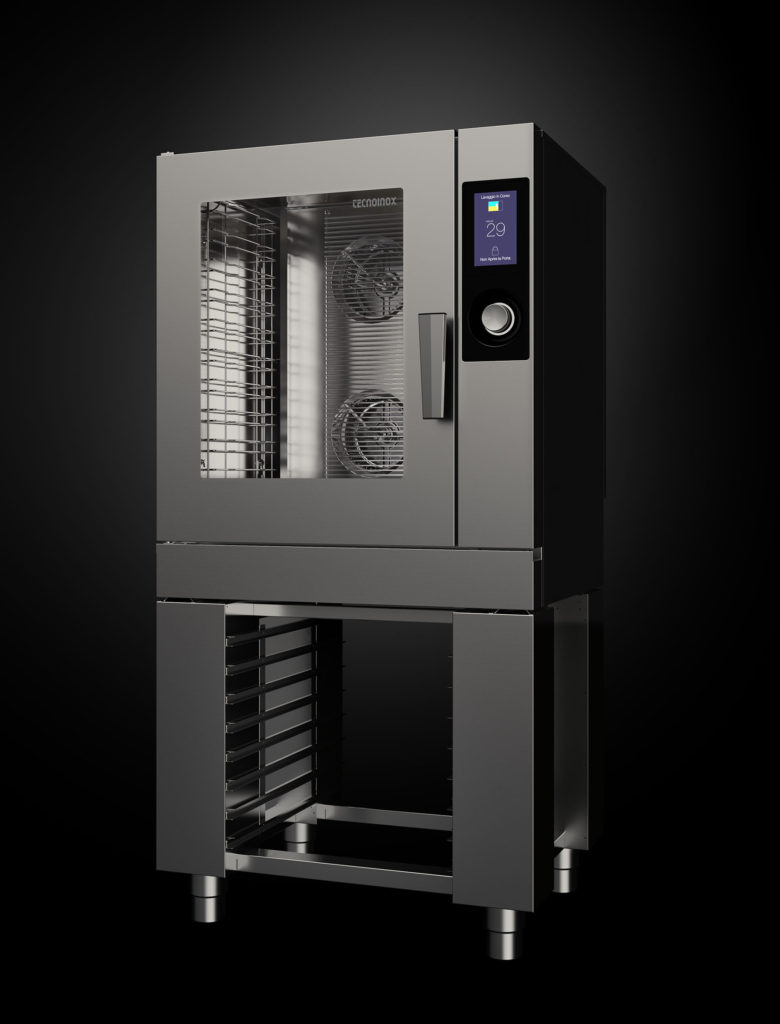
| TAILOR-MADE FOR DISADVANTAGED PEOPLE Small, compact and high-tech but with extremely accessible use for users – over 65, first of all – unskilled in coping with the new IT devices of smartphones and apps, but taking care of their wellbeing. Trillìo is the portable prescription assistant developed by Design Group Italia, brand with over 45 years of experience in the design world and a bent for a multidisciplinary approach, in collaboration with the Italian start up La Comanda. Today addressing the US market, the first task of Trillìo is reminding the time of administration and the precise dosage of drugs like a conventional alarm clock but it can reach the status of integrated system that connects all stakeholders in a single shared net of information, through an interface on a specialized app for the use by health operators: the patients, family members, their doctor and the health care personnel, the pharmacist, the health insurance and other. Once set, the appliance rings until it is switched off by pressing a simple button positioned on the top; if the alarm is not stopped within ten minutes, Trillìo sends a warning by SMS to the family members and to the health care personnel. Moreover, this main mission can be completed by further functions such as the side effects of drugs, the localization of the medicine stores thanks to the connection with GPS system that simplifies the drug provisioning also while travelling, or the Bluetooth system for the connection with other electro-medical devices. A simple project fluctuating from conventional medical appliance to friendly tech approach, recharged by a base resembling the one of a normal toothbrush. “We took all-round care of the design, components and apps included, designing and developing the engineering of an essential device with rounded shapes that facilitate its handiness, customizable in colours, to integrate it into the various daily life environments – says Chris Miller, Product Design Director of Design Group Italia -. The paperwhite type display, like the one of a standard e-reader appliance, allows a longer duration of the battery, especially when the user travels and it reports name and dosage of each drug administered. Once set the programme, through the interface on the dedicated app, doctors and health care operators can visualize the key data in graphic manner and monitor the patient’s situation”. An idea implemented according to an innovative scheme. “We have worked in partnership with a start-up – goes on Miller – and we have presented the first prototypes in Spain and United States. The interest aroused in the public generated the boost to go on with further improvements of the product, which might be marketed soon in the United States and then, it is not excluded, in Europe”. |
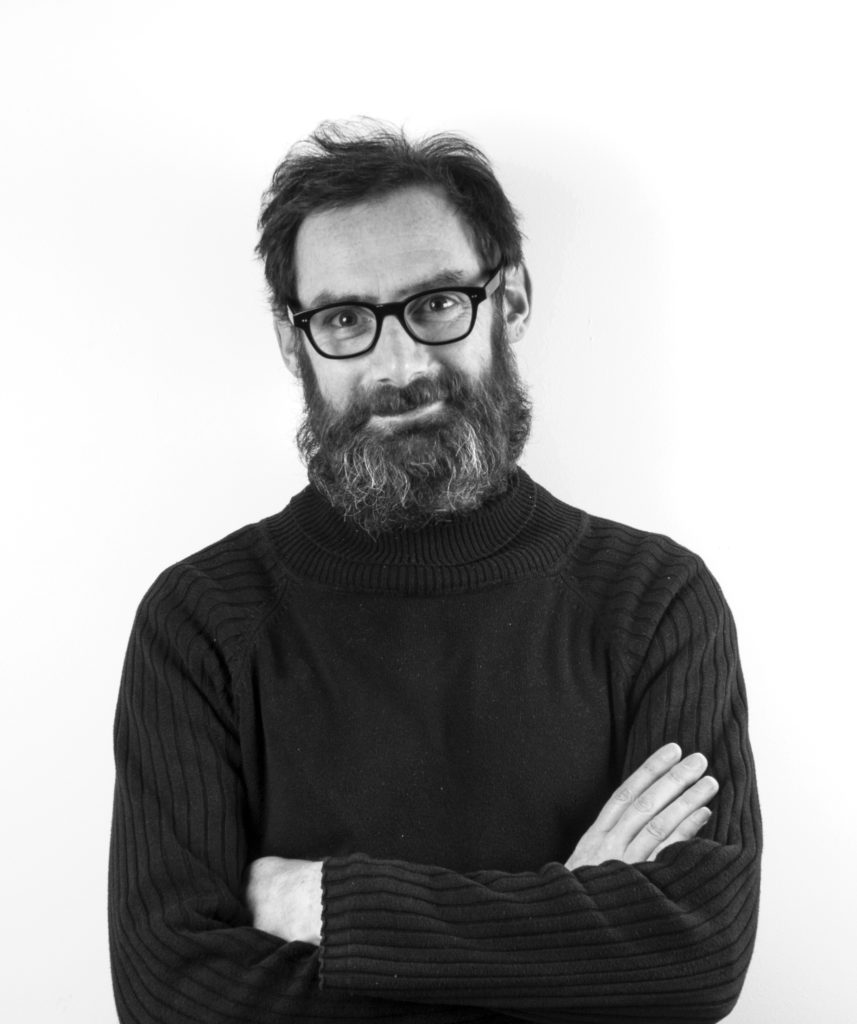
| THE NEW FRONTIERS OF DESIGN FOR ALL Federico Ferretti, managing director of Continuum Milano (consulting studio about innovation in the design field) is the coordinator of the first level Academic Master in Design-Innovation, Strategy and Product of the Milan headquarters of the Istituto Europeo di Design – IED (European Design Institute). Target, educating a new generation of designers ready to consider any design unknown as a design problem, both through the analysis of the market and of contemporaneous users’ requirements and imagining the future scenarios, in favour of innovative solutions. How does the didactics world deal with the concept of Design for All and with what instruments? “Today, we can certainly consider the Design for All in broader sense compared to some years ago, including in the definition not only the component linked with the physical (dis)abilities but also the cultural and perception differences that get enormously complicated when we design for a global market. The standard physical understanding and optimization of the ergonomics of a determinate object is therefore joined by the study of the psychological attitudes that strongly vary depending on individuals and the use context. It is then possible to clarify many of the interaction aspects between products and users starting just from the in-depth study of the relation among their aspirational desires and their practical needs thanks to researches of ethnographic kind. With this qualitative approach, which differently from a mere demographic distinction, leads to the generation of new concepts, instead of to the validation of pre-concepts, users are “clustered” by archetypes, i.e. groups of individuals that differ for values and different use behaviours. Today speaking of Design for All means also designing for different generations, taking into account sometimes radically opposite approaches to technologies. The designer is increasingly entrusted with the task of developing solutions able to help people of different ages, and with different technological educations, to understand how to use an item, especially if, like in the case of household appliances, the digital component is strongly integrated. Digitizing acts as accelerator and requires the capability of designing for different segments of a society in constant transformation: it is necessary to understand how uses, consumptions, generations and people’s interaction capability evolve, designing forefront products that do not discriminate users according to their understanding and interaction skills. Perhaps, one of the biggest challenges that design has faced in the last few years was precisely becoming inclusive, helping people to use an object as well as to understand it. Let us think of Apple and of the role its consumer products have played in educating thousands of people in the touch interactions that are imposed as standard on the market. In short, the “All” of the Design for All, are no longer simply all those relying on determinate limited skills but also those who have different cultures and languages, those living in different markets and contexts, and those of different ages.” How do design modalities change? Both in the didactic and in the professional world, the holistic and multidisciplinary approach to the design is taking hold as the only feasible way to create innovation and to grant the right relevance and impact in people’s life to various product types, including household appliances. At least four components are involved when we face a design in holistic manner: the understanding of the user, the study of the brand/communication of the customer for which we work, the analysis of the market /competitor and the interpretation of (technological and cultural) trends that, in the case of the household appliance, play a fundamental role. This multi-dimensional vision of the context allows identifying all those elements able to decree the success of a product from the point of view of differentiation, reliability and relevance for future users. An aspect increasingly at stake, i.e. the ambit where psychological and physiological aspects meet, is what in the Anglo-Saxon terminology of cognitive psychology is defined as “affordance”, that is to say the capability of an object, in this case the household appliance, of communicating to the user how it must be used even before being touched: a concept of “perceived ergonomics” that subtly differs from the simple ergonomics, crossing the frontier of the perception field. It is an important evolutionary step for the design discipline, stemming from the convergence of the product design and of the interface design. We no longer design simply objects but the experience that such objects will grant (UX user experience) and the way in which they will establish a relation with users (UI user interaction). How have you applied them to the household appliance study? This philosophy inspires the work we have developed inside the Master of IED Milano with the Chinese company Midea, manufacturer of appliances and components for household appliances. In this project, students worked simultaneously on a family of three appliances, a hood, a hob and an oven. To grant a common language and to manage the contemporaneous design of the product family, we have used a “Design for All” approach. Before designing the product in detail, we have identified and structured the Experience design Language, i.e. all those aesthetical, technological and experience elements that become univocal and differentiated stylistic elements for Midea. The Experience Design Language (EDL) has become the platform where the different concepts have been explored, avoiding to lose time and energies in solutions with limited communication and use impact and scarcely implementable, in a strategic vision of enlarged portfolio. |
